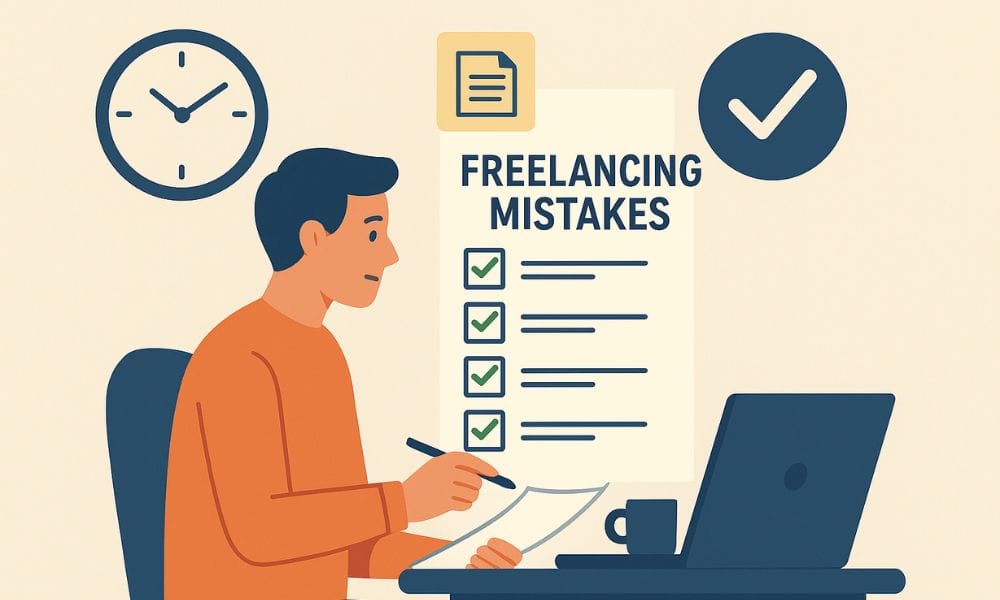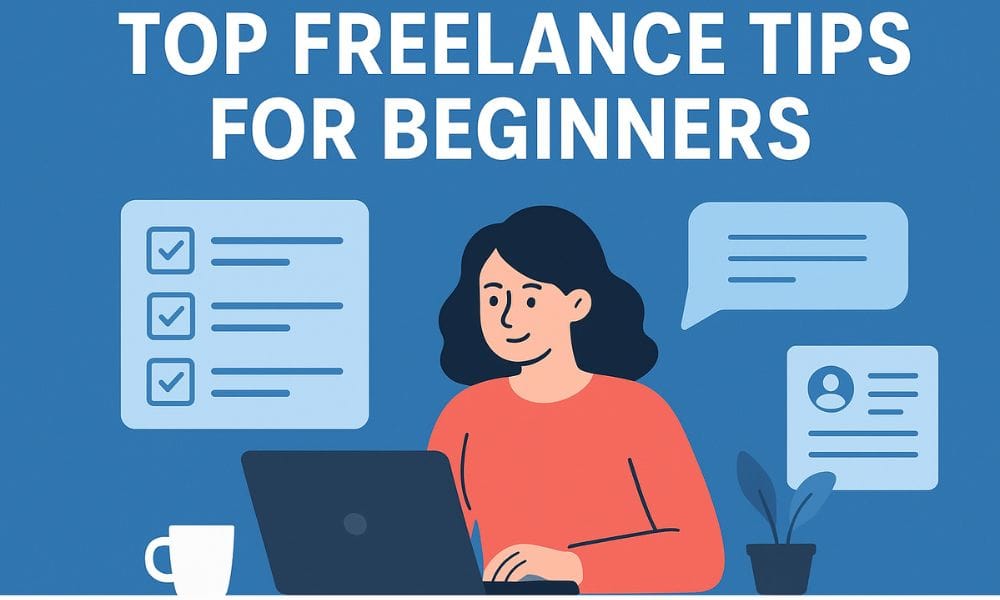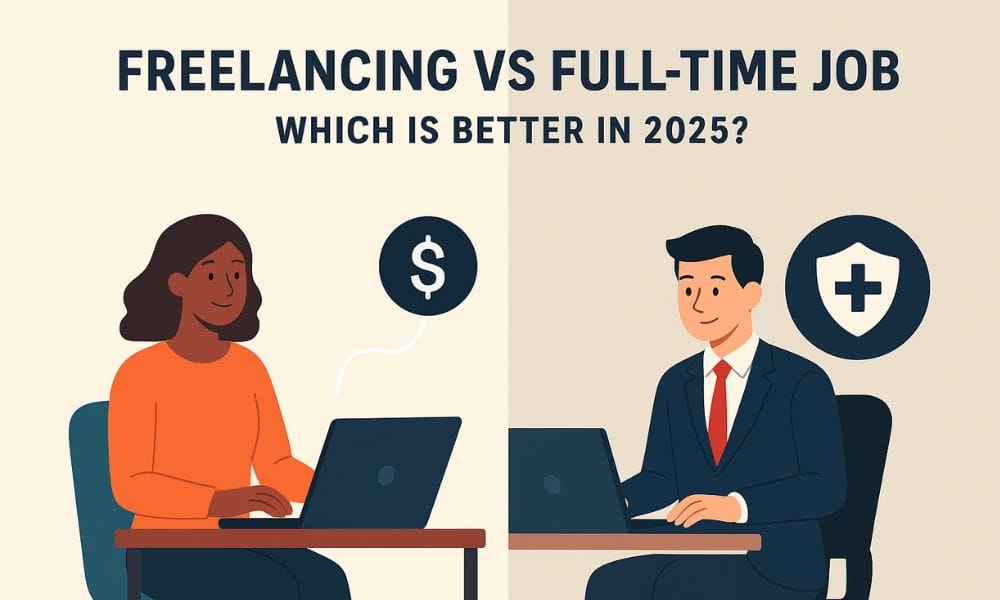Freelancing is one of the fastest-growing career paths today. According to the Upwork Freelance Forward 2024 Report, over 38% of the U.S. workforce freelances, contributing more than $1.3 trillion annually to the economy. With companies increasingly turning to remote talent, there has never been a better time to start.
But many beginners often wonder: “How to start freelancing with no experience?”
The truth is, every successful freelancer began with zero clients and no track record. The good news is you don’t need a degree, years of professional background, or fancy credentials to get started. With the right strategy, you can start freelancing from home and land your first client in weeks.
This guide will show you exactly how to start freelancing with no experience, covering skills, niches, portfolios, pricing, and proven tips for beginners to succeed.
Why Freelancing Is Worth Starting—Even with No Experience
Starting freelancing from home can feel intimidating, but the rewards are worth it. Here’s why:
- Flexibility: Choose when and where you work.
- Variety: Work with clients across industries.
- Earning Potential: Many freelancers grow from $10 gigs to $5,000/month within a year.
- Accessibility: You can begin freelancing without a degree.
- Growth: Learn new skills while getting paid.
👉 Companies today care more about results than qualifications. If you can show ability, you’ll land work—even as a complete beginner.
Step 1: Identify Your Transferable Skills
Even without freelancing experience, you already have skills you can monetize.
Everyday Skills That Convert to Freelance Work
| Everyday Skill | Freelance Job for Beginners | Income Potential |
|---|---|---|
| Writing essays or reports | Content writing, copywriting | $20–$50/article |
| Social media posting | Social media management | $100–$300/mo |
| Organizing group tasks | Virtual assistance, project management | $5–$15/hr |
| Research for school/work | Data entry, online research | $3–$10/hr |
| Making presentations | Canva designs, pitch deck design | $10–$30/design |
👉 Pro Tip: Write down 10 things you already do well. Then, research how others are offering those as services.
Step 2: Choose a Profitable Freelance Niche
If you try to offer everything, you’ll attract no one. Instead, specialize in one of the best freelancing skills for beginners.
Beginner-Friendly Freelance Niches
- Content Writing & Blogging
- Blog posts, website content, SEO writing.
- Beginner pay: $0.03–$0.07 per word.
- Graphic Design
- Logos, social media graphics, simple branding.
- Beginner pay: $10–$30 per project.
- Virtual Assistance (VA)
- Email, scheduling, customer service.
- Beginner pay: $5–$15/hour.
- Social Media Management
- Content calendars, community engagement, analytics.
- Beginner pay: $100–$300/month per client.
- Data Entry & Research
- Transcription, lead generation, data cleanup.
- Beginner pay: $3–$10/hour.
👉 If you’re unsure which to pick, start with content writing or virtual assistance—they’re the most in-demand freelance jobs for beginners.
Step 3: Build Your Skills for Free (or Cheap)
You don’t need to spend thousands on training to learn how to get freelance work with no experience.
Free Learning Platforms for Beginners
- Google Digital Garage – Marketing basics.
- HubSpot Academy – Free business and content courses.
- Canva Design School – Beginner-friendly design.
- Coursera & edX – Certificates from top universities.
- YouTube – Practical tutorials on almost anything.
👉 Dedicate 1–2 hours a day for a month, and you’ll have enough knowledge to start freelancing from home.
Step 4: Create a Beginner Freelance Portfolio
Clients want proof of skill, not a resume. The easiest way to start is by building beginner freelance portfolio examples.
How to Build a Starter Portfolio
- Writers: Publish 3–4 sample blogs on Medium.
- Designers: Create mock logos/social posts in Canva.
- Virtual Assistants: Show a sample email/calendar system.
- Social Media Managers: Build a fake content calendar.
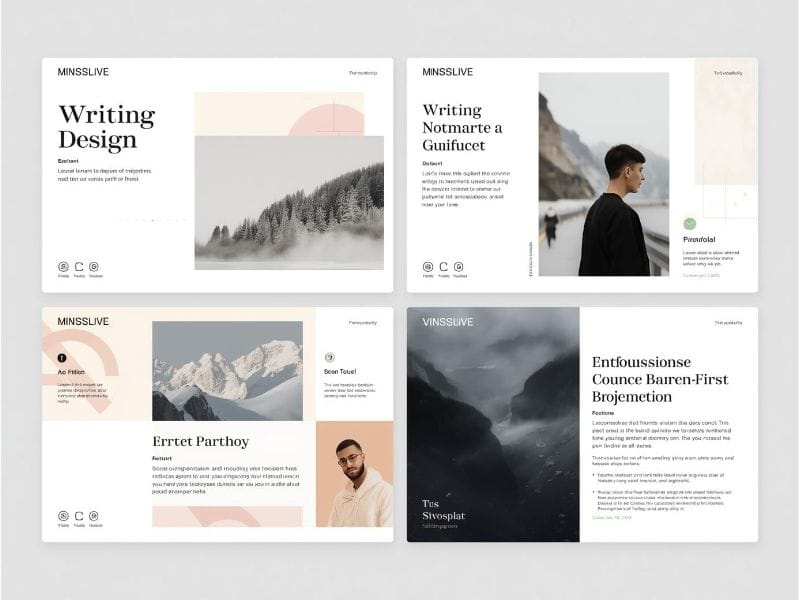
👉 Many successful freelancers landed first clients by sharing these samples on Fiverr and Upwork.
Step 5: Set Up Profiles on Freelance Platforms
Freelance platforms for beginners are the fastest way to land your first paid gig.
Popular Platforms
| Platform | Best For | Pros | Cons |
|---|---|---|---|
| Fiverr | Quick gigs, small tasks | Easy entry, fast exposure | Lower rates at start |
| Upwork | Long-term projects | Wide range of clients | Competitive, fees apply |
| Freelancer | Various services | Lots of postings | Quality varies |
| Toptal | Expert-level projects | High pay | Not for beginners |
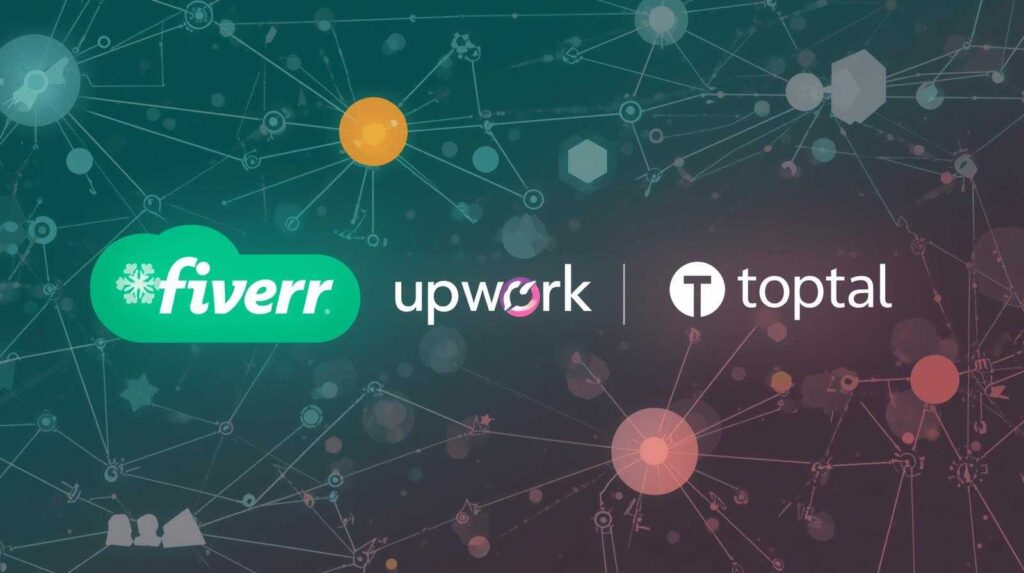
👉 Use a professional photo, write a strong bio, and upload your sample portfolio to stand out.
Step 6: Land Your First Client
The key to freelancing for beginners is starting small and proving your worth.
- Apply to 5–10 jobs daily.
- Focus on smaller, lower-budget projects.
- Overdeliver on quality and deadlines.
- Ask for reviews to build credibility.
👉 Each 5-star review increases your chances of attracting better clients.
Step 7: Craft Winning Pitches
Learning how to find clients as a freelancer comes down to great communication.
Pitch Formula for Beginners
- Address the client by name.
- Mention their specific need.
- Explain how you’ll solve it (with example).
- End with a clear call-to-action.
👉 Example:
“Hi Alex, I saw your posting for blog content. I’ve written similar articles on Medium (samples here). I’d love to create engaging posts for your audience. Can I share a quick outline idea?”
Step 8: Build Your Online Presence
Clients often check your LinkedIn or portfolio before hiring. Make sure it looks professional.
- LinkedIn: Optimize headline & share samples.
- Medium/Dribbble/Behance: Publish portfolio work.
- Networking: Join Facebook groups, Reddit, or Discord freelancing communities.
👉 Building presence outside platforms helps you attract direct clients and avoid platform fees.
Step 9: Pricing Your Services
One mistake in freelancing for beginners is charging too low.
Global Beginner Rates
- Writing: $0.03–$0.07 per word.
- Design: $10–$30 per graphic.
- Virtual Assistance: $5–$15/hour.
- Social Media: $100–$300/month.
- Data Entry: $3–$10/hour.
👉 Raise rates gradually every 2–3 months as you gain reviews.
Step 10: Stay Consistent & Keep Learning
Freelancing is a long game. Many new freelancers quit after 1 month—but it often takes 2–3 months to land consistent work.
Tips for New Freelancers
- Apply daily (5–10 proposals).
- Track job applications in a simple spreadsheet.
- Reinvest in tools like Grammarly, Canva Pro, or Notion.
- Keep learning one new skill every few months.
👉 Treat freelancing like a business, not a hobby.
Bonus: 30-Day Action Plan for Beginners
Here’s a roadmap for the first 30 days of your freelancing journey:
- Week 1: Pick a niche + complete 3 sample projects.
- Week 2: Create freelance profiles (Upwork, Fiverr, LinkedIn).
- Week 3: Start applying to 5–10 jobs daily.
- Week 4: Deliver your first project, collect reviews, and refine your profile.
👉 Following this plan, many beginners land their first freelance job within a month.
Mindset & Productivity Tips
Success in freelancing without a degree comes from discipline and consistency.
- Set a daily schedule (treat it like a job).
- Use time-tracking tools like Toggl or Clockify.
- Celebrate small wins like your first $20 gig.
- Network with other freelancers for motivation.
👉 Remember: persistence is the difference between freelancers who succeed and those who quit.
Example: A Beginner’s Freelance Journey
Meet Sarah, a university student with no work experience.
- She listed skills: writing essays, social media posts, Canva design.
- She picked content writing as her niche.
- She published 3 articles on Medium as samples.
- She offered “500-word blogs for $20” on Fiverr.
- Within 3 weeks, she got her first client.
- After 3 months, she was making $800/month part-time.
👉 Sarah’s story shows freelancing for beginners is achievable with the right plan.
FAQs: How to Start Freelancing with No Experience
1. Can I start freelancing without skills?
Yes. Focus on easy freelance jobs for beginners like data entry or virtual assistance while learning new skills.
2. Do I need a degree to freelance?
No. Many succeed at freelancing without a degree by showcasing proof of ability.
3. Which freelancing platform is best for beginners?
Fiverr and Upwork are the most beginner-friendly.
4. How long does it take to land a first client?
Usually 2 weeks to 3 months, depending on effort and niche.
5. Can freelancing become a full-time career?
Absolutely. Thousands of freelancers scale from side gigs to full-time businesses.
Conclusion & Call-to-Action
Starting freelancing with no experience is possible—and thousands of people are proof of it. By choosing a niche, building a simple portfolio, and using freelance platforms for beginners, you can start freelancing from home within weeks.
👉 What step are you taking first? Share in the comments below!
👉 For more guides, read our post on Top Freelancing Skills to Learn in 2025 or subscribe for weekly freelancing tips.

